Why Are There Crystals on My Cheese? - Calcium Lactate Crystals - Part 1
Are you slicing into a block of Mediterranean Cheddar, Olive Cheddar, or Aged Cheddar, and seeing tiny white crystals scattered throughout? You might panic for a moment. Is it mold? Is the cheese going bad? Should you throw it away? Well, those crunchy little bits are not something to worry about. They are a completely natural part of cheese called calcium lactate crystals. What is more, they are a sign that this product has been aged with care. Let’s dig deeper.
What Are Calcium Lactate Crystals?
Calcium lactate crystals are small, crunchy white spots that can form on the surface or inside of aged cheeses. You can see them in hard and semi-hard cheese types. These are made from calcium lactate, a compound that naturally forms during the cheese aging process. When calcium and lactic acid bind together, they can crystallize under the right conditions. These crystals are fully secure to eat and are not an indication of spoilage.
Have you been into a food regulatory jobs opportunity? Then, you might have also heard of tyrosine crystals. Both are found in aged cheeses. However, the two are slightly different:
-
Tyrosine crystals are amino acid clusters that form during protein breakdown. They are commonly found in aged Italian cheeses (e.g., Parmesan and Pecorino).
-
Calcium lactate crystals are created from calcium and lactic acid. They are more common in Olive Cheddar and Pico de Queso.
For some, tyrosine and calcium lactate crystals look and feel similar. They are crunchy, white, and slightly gritty. In fact, they have different origins and tastes. But both are harmless and often considered a sign of cheese maturity.
Why do calcium lactate crystals form? There are a couple of common reasons:
-
Aging — As a product matures, moisture decreases, and certain compounds concentrate. This process encourages crystal formation.
-
High calcium content — Some cheese recipes contain more calcium, which increases the chances of crystallization.
-
Temperature fluctuations — When cheese is exposed to changes in temperature or humidity, crystal formation is triggered.
-
Lactic acid bacteria activity — These bacteria ruins lactose and make lactic acid. As a result, calcium lactate forms.
Crystals are more likely to be a part of a premium-quality and well-aged product that has been stored in the right way.
Are These Safe to Eat?
Absolutely! In fact, many cheese lovers value the texture contrast they bring. The crystals give a satisfying crunch that balances beautifully with the creaminess of the cheese. Some cheese brands even highlight the presence of crystals in their product descriptions. They use terms like “aged with a crunchy bite” or “rich with calcium crystals.” Unless you see signs of mold (blue, green, or fuzzy patches), a sour smell, or sliminess, there is no need to toss the cheese. Calcium lactate crystals are just part of the aging charm.
Can You Prevent Calcium Lactate Crystals?
Are you not a fan of the crunch? Trying to control cheese appearance? There are a few ways to reduce calcium lactate formation:
-
Consistent refrigeration — Keep cheese at a stable, cool temperature to reduce fluctuations that trigger crystals.
-
Vacuum-sealed packaging — Prevents moisture and air exposure. As a result, the speed of crystal development goes down.
-
Adjusting pH and calcium levels — Cheese manufacturers can tweak the recipe to control calcium availability.
-
Shorter aging time — Crystals are more common in longer-aged cheese. Thus, younger cheese typically has none.
Most cheese lovers do not mind the crunchy surprise. What is more, cheese crystals are considered a quality marker in many cheeses. Expert cheese judges and sommeliers often view them as a positive sign that a cheese has been properly matured and handled with care. So the next time you bite into a cheddar with a little crunch, know you are tasting craftsmanship in every bite.
Now You Know Everything About “Cheese” Crystals
Next time you open a pack of aged Cheddar and spot a few sparkly crystals, do not toss it. Instead, toast it! Calcium lactate crystals are not only safe but also a sign that your cheese has character, age, and depth. So whether you are snacking solo, making a cheese board, or diving deep into the world of food regulation, a little crunch can be a very good thing.



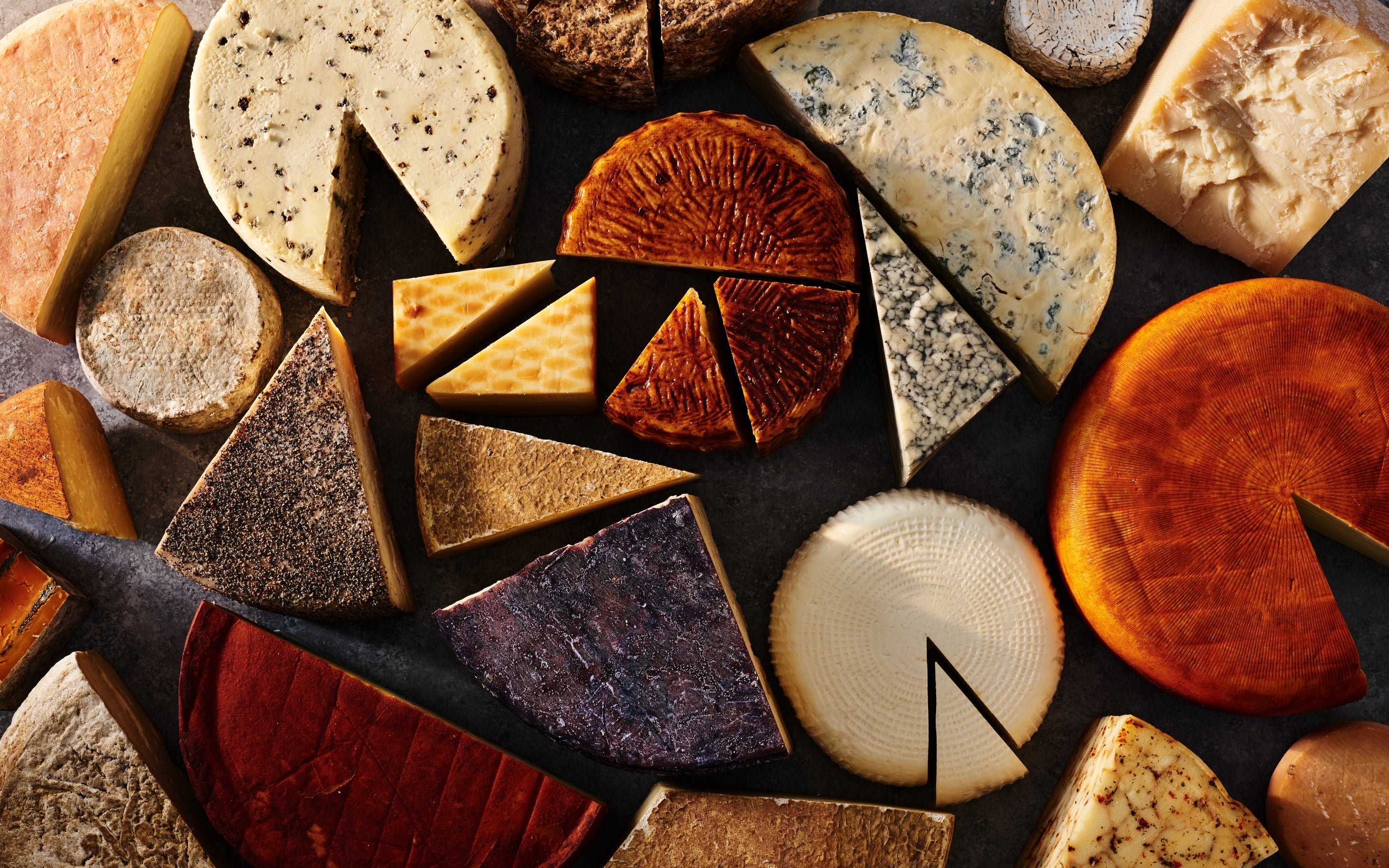
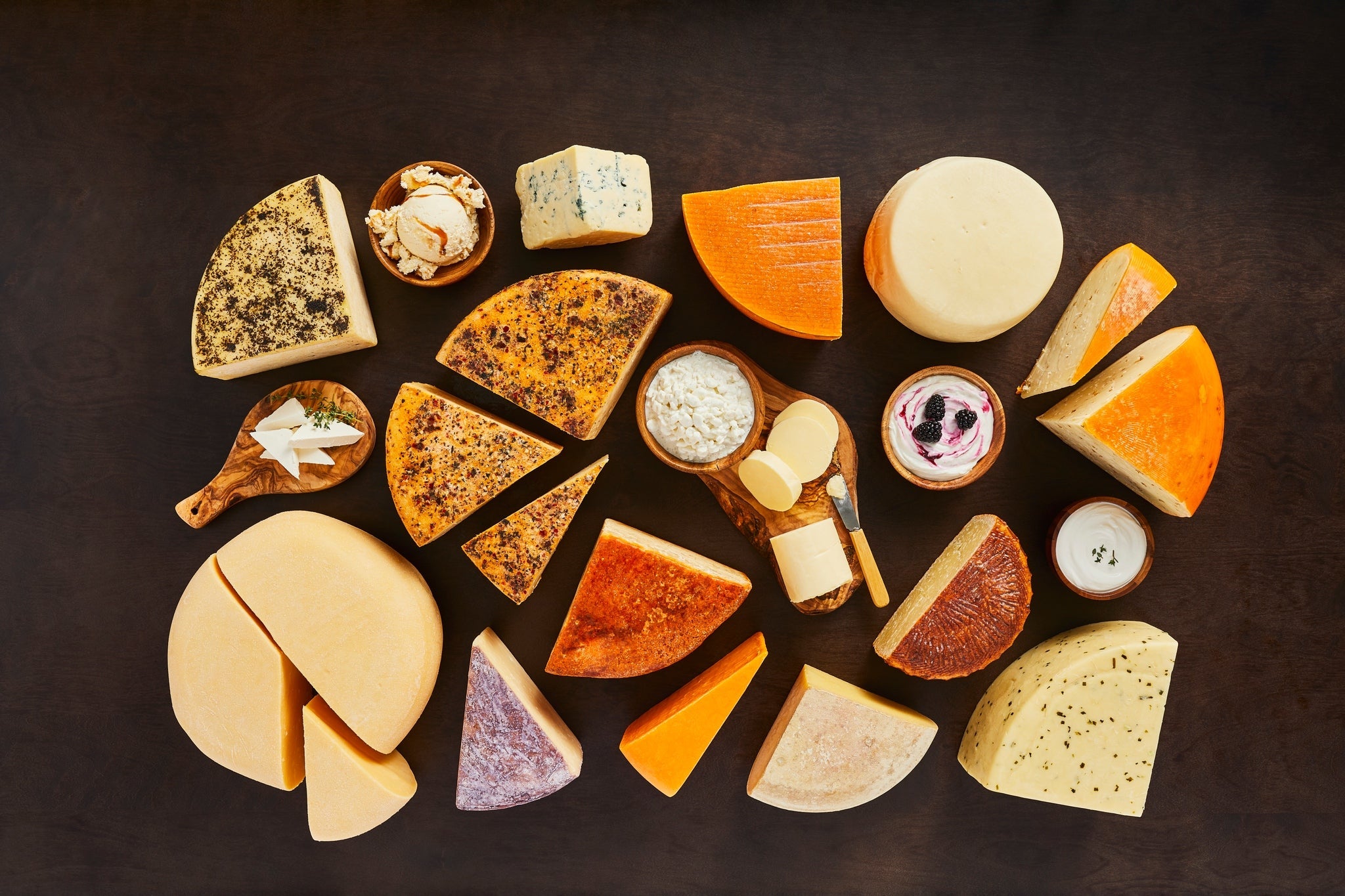
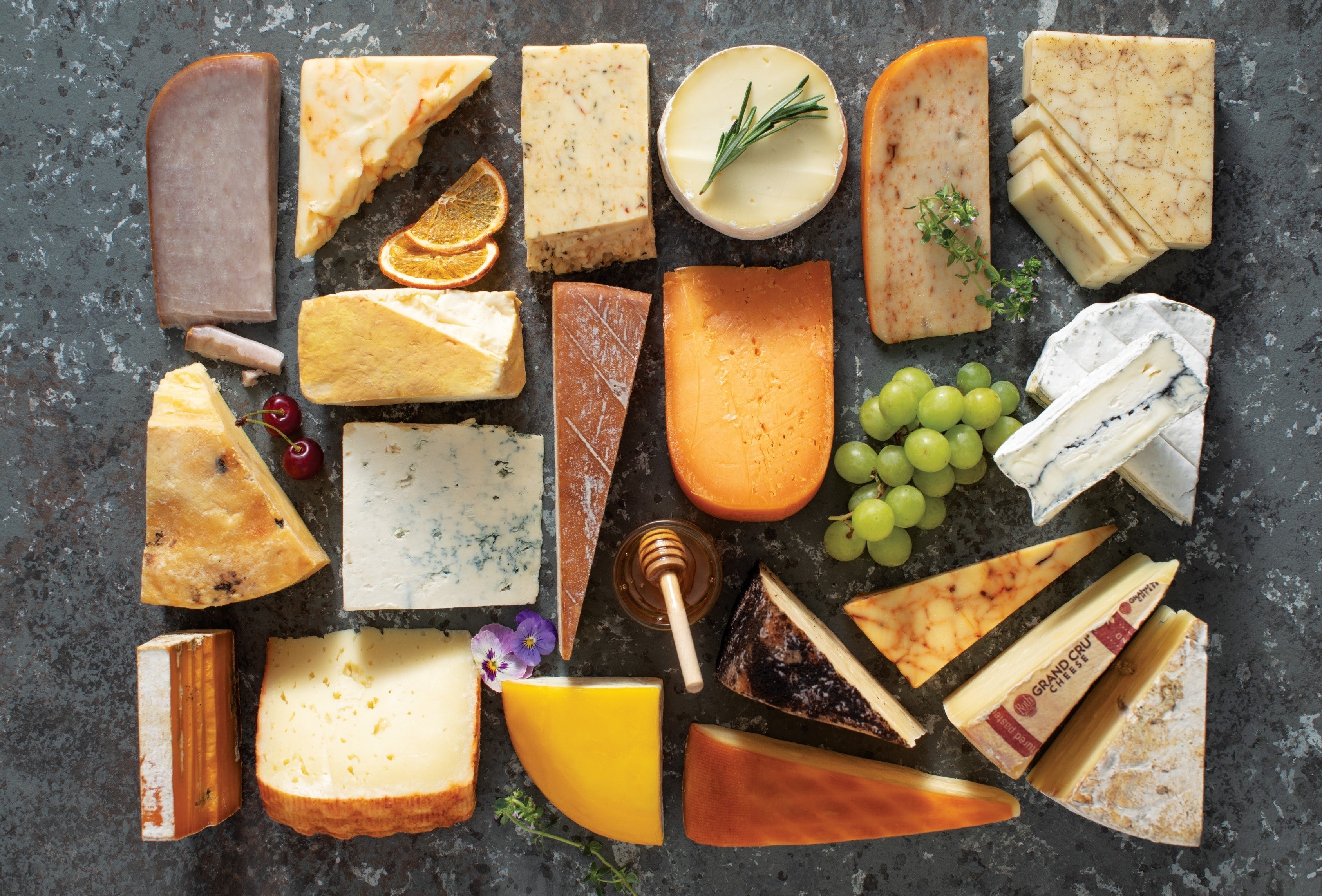
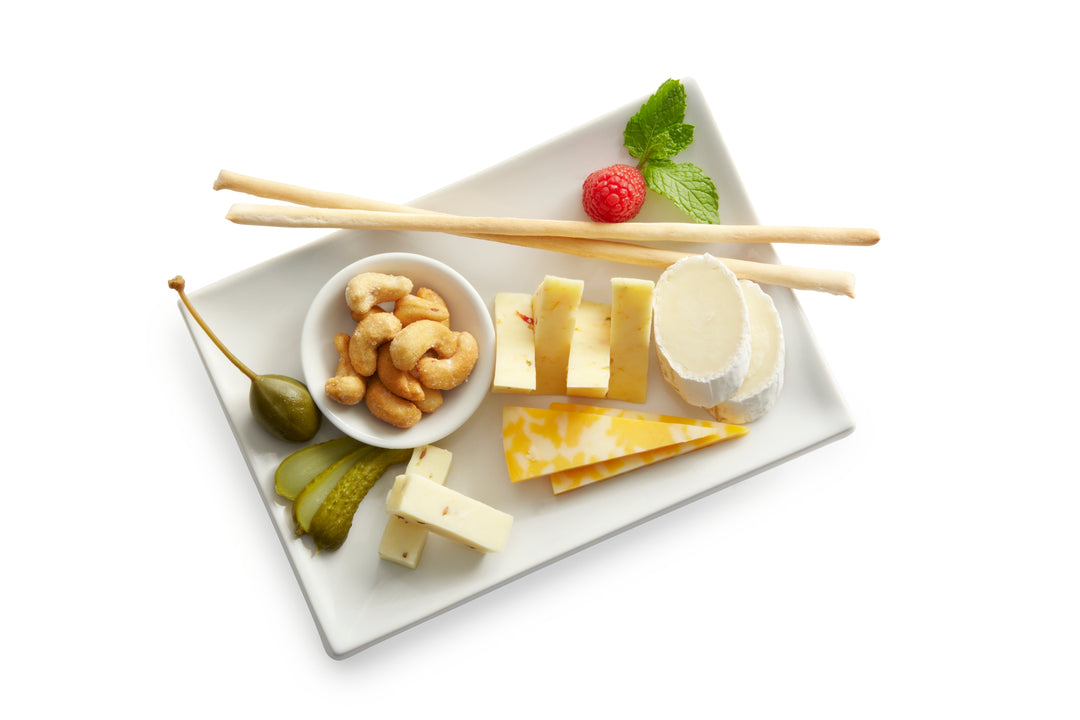
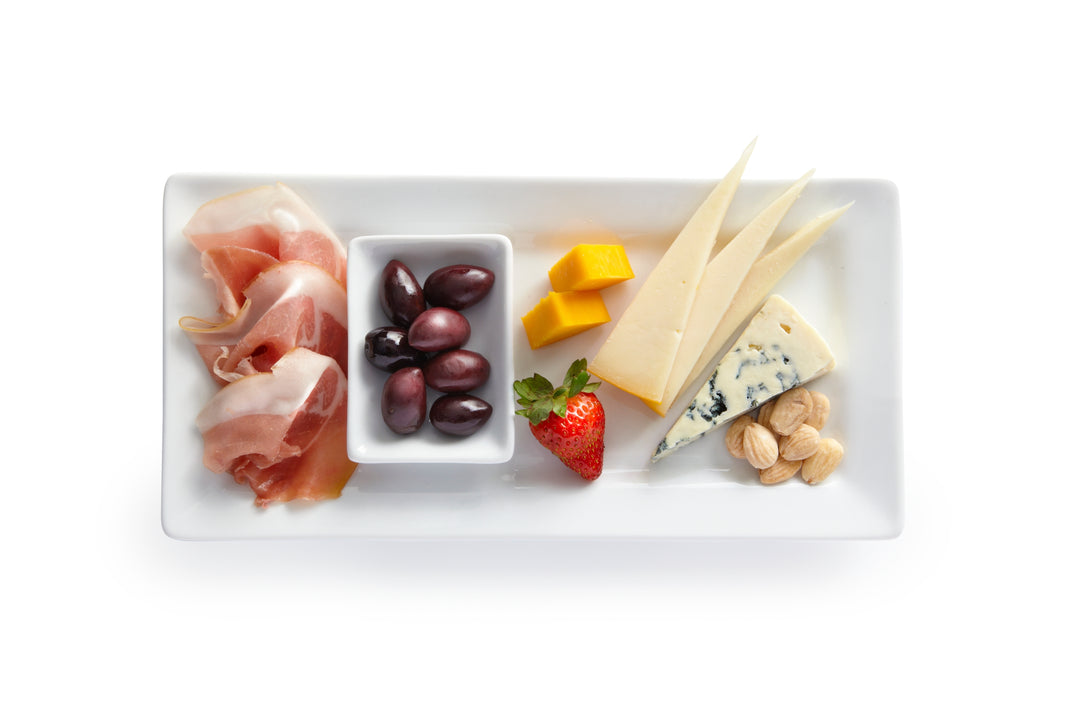

Leave a comment